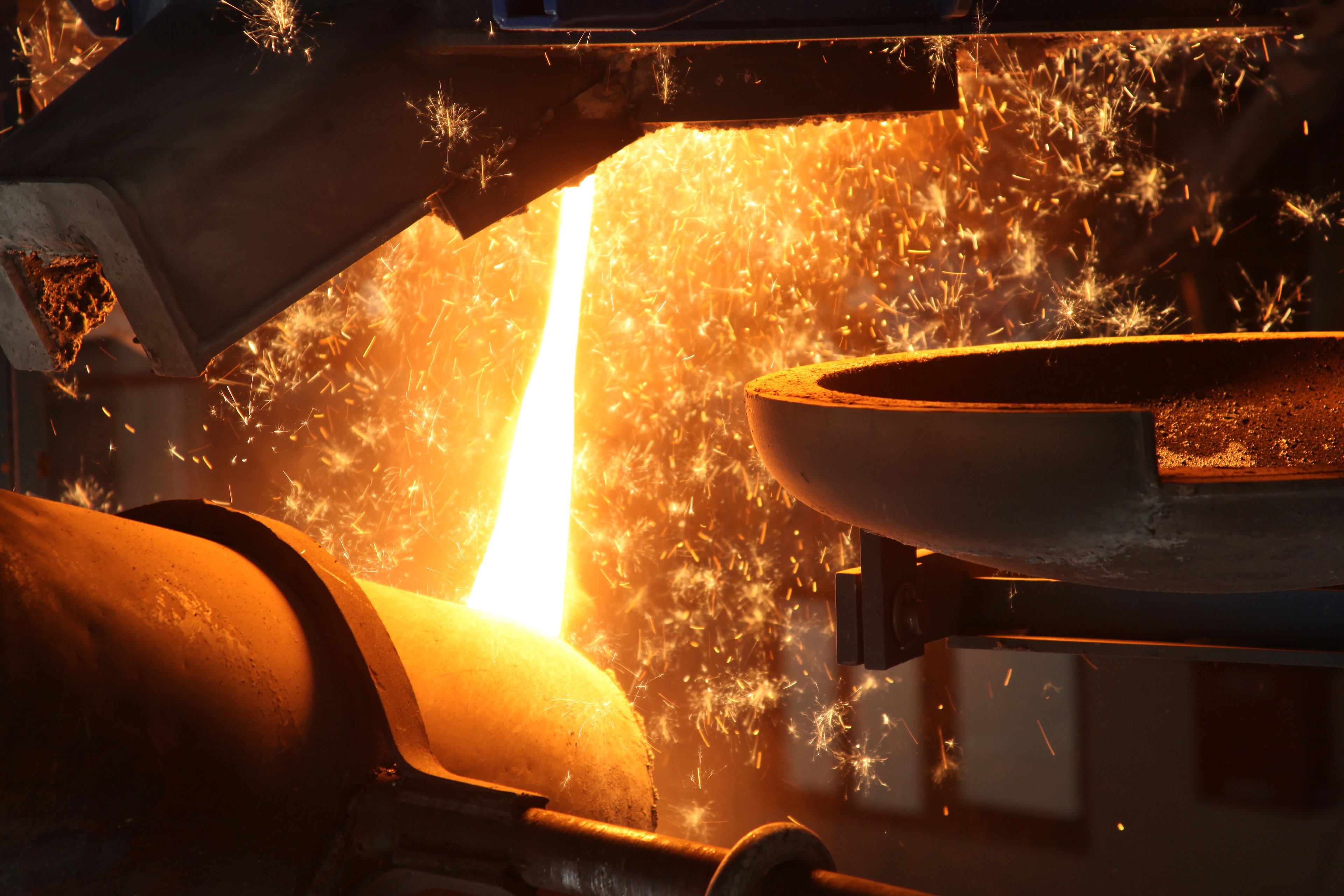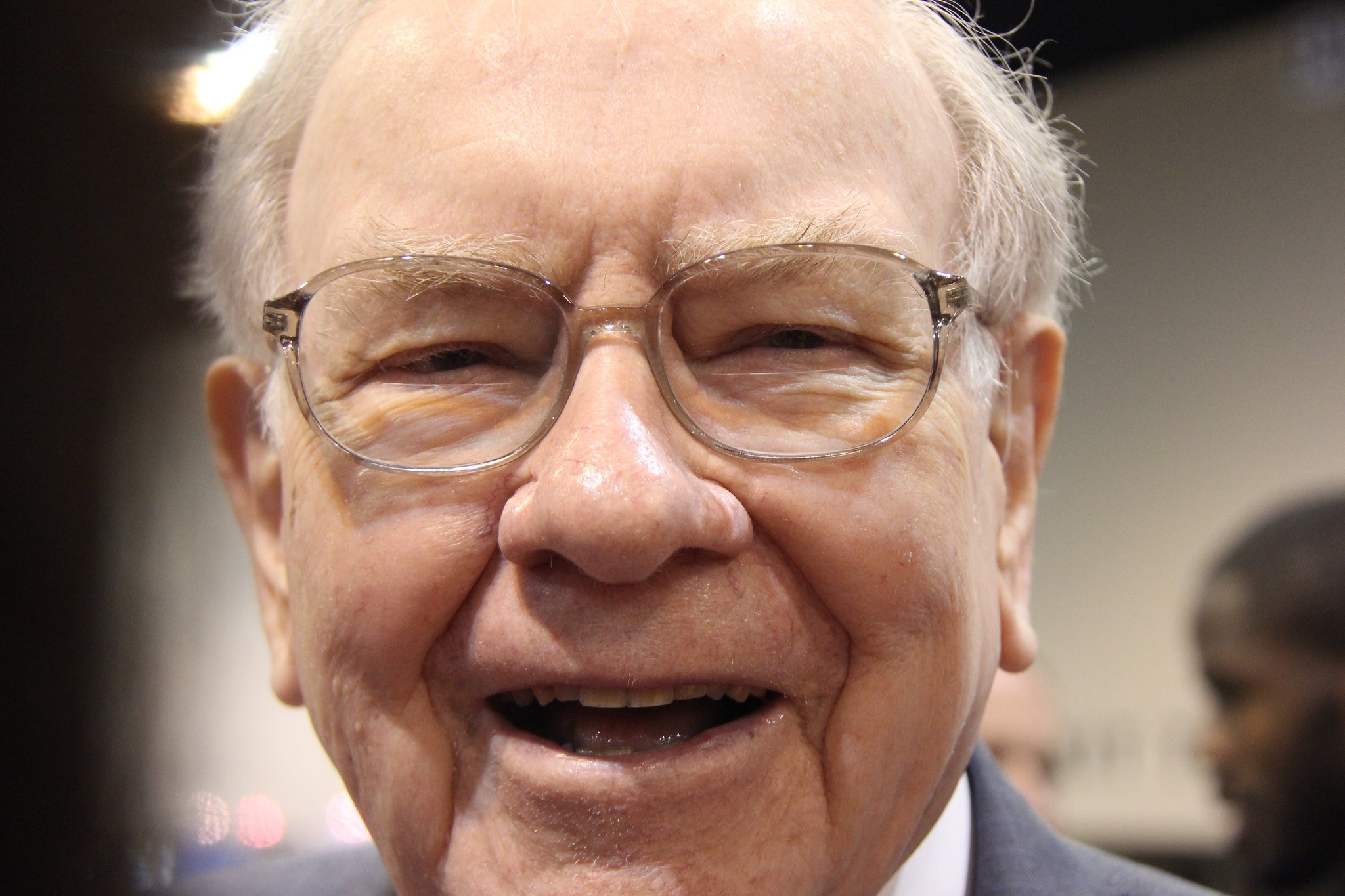Dividend investors are often swayed to buy the stock with the highest dividend yield. It's understandable, but it can lead you to acquire stocks that aren't always the best fit for your portfolio. For example, there are industries like the highly cyclical steel sector where being the biggest and best run is important and worth paying for.
That's why Nucor's (NUE +0.13%) 3% yield is a better buy than Steel Dynamics' (STLD +0.93%) 3.6% today. Here's what you need to know before letting a higher yield sway you in the steel space.
1. Similar but different
Nucor traces its history to the early 1900s. However, it only became a steel company in the 1960s, when industry legend Ken Iverson took over and started shifting the company's business toward steel products. The biggest change, though, was probably 1969, when Nucor opened its first "mini mill" using electric arc technology to produce steel. At first intended to produce steel for Nucor's internal needs, the company soon found that outside customers were willing buyers as well. And, basically, a steel maker was born.

Image source: Getty Images
Electric arc mills, as the name suggests, use electricity to make steel. Scrap metal is a key input, and all-in costs are generally lower than those of blast furnaces, which make primary steel from iron ore and metallurgical coal. A key factor is that electric arc mills are more flexible in their ability to ramp up and down with demand. The founders of Steel Dynamics worked for Nucor before heading out on their own in 1993. The company went public in 1996. It shouldn't be surprising to find that the company's steel production is based on electric arc mini mills -- it is a similar, albeit much younger, company.
2. Size and reach
It also shouldn't come as a surprise that Nucor, with a $16 billion market cap, is much larger than Steel Dynamics, which has a roughly $7 billion market cap. Nucor has been around a lot longer, after all. But there's more going on here.
For example, Steel Dynamics shipped roughly 10.6 million tons of steel in 2018, versus the 27.9 million tons that Nucor shipped. And while both serve a diverse list of end markets, Nucor's size and history gives it a leading position across the industry. In fact, it holds the number one or two market share in 11 categories. Steel Dynamics doesn't even attempt to make a similar statement.
Nucor's business reaches across North America. It's easier to count the areas in which it doesn't have a presence (roughly a dozen or so U.S. states) than the areas in the United States, Canada, and Mexico where it does. In total, Nucor has 25 mills. Steel Dynamics has eight mills, and a much smaller footprint. Steel is heavy, and shipping costs are a material consideration. Nucor's reach is a competitive advantage, as is the ability to be a one-stop shop capable of handling large orders across various types of products and regions.
3. The financial foundation
What should be pretty clear at this point is that Nucor is a giant and Steel Dynamics is still growing its business. There's nothing inherently wrong with either company, they are simply in different places in their respective lifecycles. And that means different stresses on each company's balance sheet. Nucor's debt to equity ratio is roughly 0.4 times, while Steel Dynamics' ratio is around 0.6 times. Looking at leverage a different way, Nucor's debt to EBITDA ratio is about 1.1 times compared to Steel Dynamics' 1.3 times. Meanwhile Nucor covers its trailing interest expenses by an incredible 24 times, compared to Steel Dynamics' 12 times or so.
NUE Debt to Equity Ratio (Quarterly) data by YCharts
None of this is meant to suggest that Steel Dynamics is over-leveraged -- it really isn't. But Nucor is clearly the financially stronger name. It makes sense, given its size and history. It takes a lot of money to build a steel business from the ground up, and Steel Dynamics is still a very young steel mill. It is thus using its balance sheet to support its growth efforts.
All of that said, steel is highly cyclical. Revenue and earnings have been strong recently, so these numbers generally look pretty good today. An industry downturn would stress both companies -- but Nucor is starting from a stronger position to deal with such adversity.
4. Where they're going from here
Steel Dynamics is still growing its business, but that doesn't mean Nucor is resting on its laurels. In fact, both have notable spending plans. The difference is that Nucor is fine-tuning its operations to ensure it remains the biggest and best. It has roughly $3.4 billion in capital spending planned across nine projects that will take it through 2022. The largest expense is a roughly $1.4 billion mill that will come online in 2022. These new plants, expansions, and upgrades are intended to grow its physical reach (providing logistical advantages) and product offerings (pushing further into high-value products).
Steel Dynamics has four projects in the works or set to be completed in 2019, with a total investment of around $2.3 billion. The biggest of these projects is a new $1.9 billion mill slated to open in 2021. Its goals are similar, as it tries to gain logistical advantages and move up the value chain. However, lacking the scale and reach of Nucor, it is still building, not fine-tuning, its business.
It's also important to note that while both companies are making large commitments, Nucor is in a better financial position to handle the costs. Steel Dynamics, meanwhile, has a lot riding on the 2021 mill, and probably won't be able to make the same level of investments as Nucor while it's working on that project. If you own Steel Dynamics, the 2021 project is a key issue to monitor. You simply don't need to worry as much about Nucor's ability to handle its large 2022 mill project.
5. The dividend
So far Nucor comes across as the old hand, with Steel Dynamics the new kid on the block still learning the ropes. That comes into even clearer relief when you consider the dividends each company has paid. Nucor's dividend has been increased, in a highly cyclical industry, for 46 consecutive years. Steel Dynamics' streak is nine years long. And while both companies have trailing payout ratios around the 20% mark, Nucor has clearly proven it believes investors should be rewarded for sticking around with regular dividend hikes. Steel Dynamics' nearly 10-year run is impressive, too, but Nucor's dividend has grown through more cyclical ups and downs. Managements often use dividends to provide signals about their belief in the future. Nucor's track record here is a loud and clear signal.
Where the chips fall
It would be wrong to suggest that Steel Dynamics is a bad company or that it would be a terrible investment. That's just not true. It's more about the life stage of each of these steelmakers. Nucor is larger, more diversified, and in a stronger financial position. It is building from strength, while Steel Dynamics is still growing its business and proving itself to the world. For those with a growth mindset, Steel Dynamics may look like a better investment. It would be hard to argue against that stance.
But for moderate and conservative investors, Nucor, despite offering a lower yield, easily edges past Steel Dynamics here. In a cyclical industry like steel, sticking with the biggest and best run companies will help you sleep well at night. The 60 basis points of extra yield you would get from Steel Dynamics, which is basically an industry upstart, aren't likely to make up for that.








